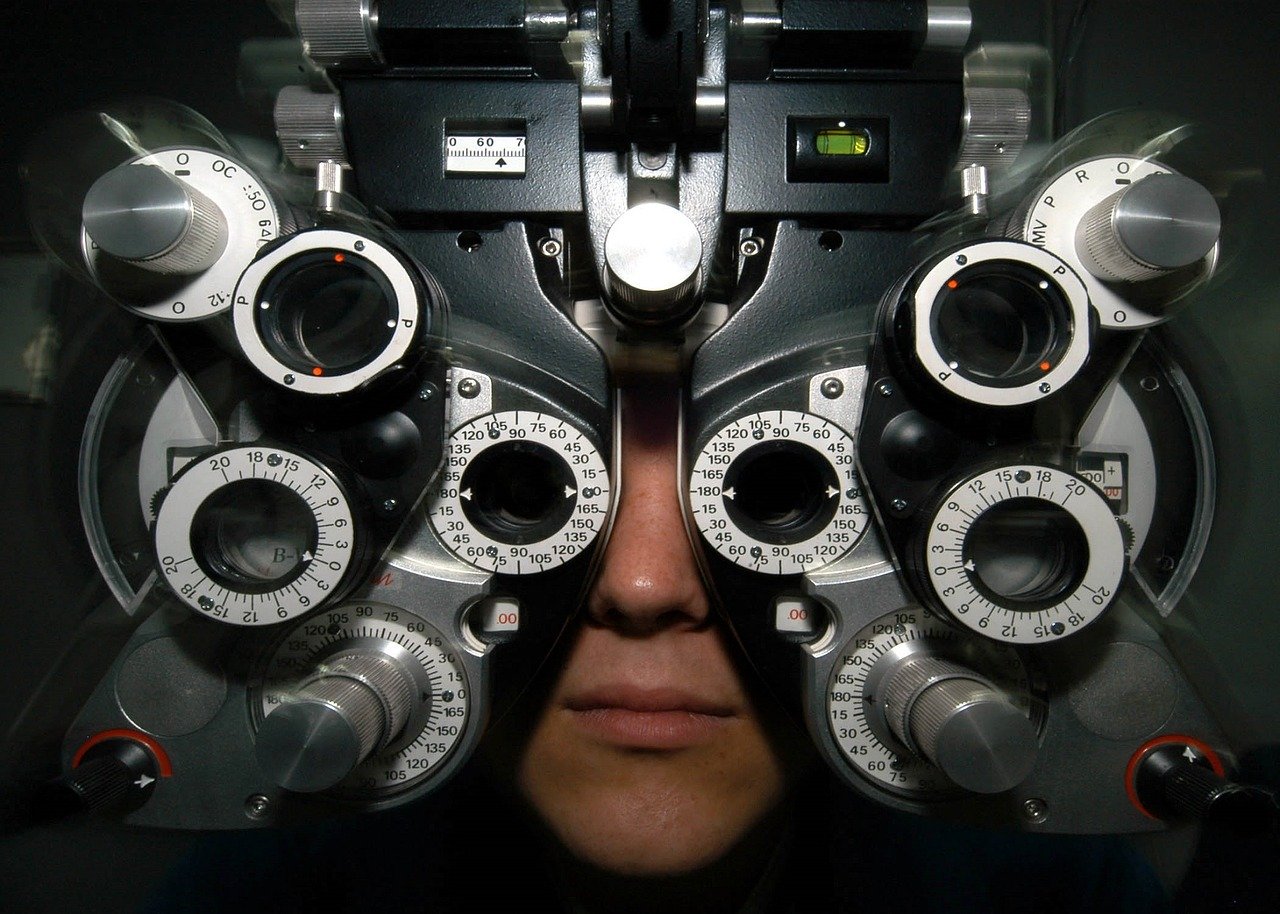In this occasional series of blogs we will revisit some of the articles that we have found most useful over the years … these are the articles that can always be found on desks in the Decision Architects office. The first of these is Marketing Myopia, published in the Harvard Business Review in 1960, chosen by Adam Riley.
“I love this article … it talks to the ‘where to play’ and ‘how to win’ calculations that we have at the heart of our work … and I reference it time and time again. And when we use examples of obsolescence … Kodak, Nokia, Blackberry etc etc. you can see in their downfall a failure to heed the lessons of Marketing Myopia. Levitt was one of the giants of our trade”
In 1960 Theodore Levitt … economist, Harvard Business School professor and editor of the Harvard Business Review, published ‘Marketing Myopia’ and laid the foundations for what we have come to know as the modern marketing approach. Levitt, one of the architects of our profession, popularized phrases such as globalization and corporate purpose (rather than merely making money, it is to create and keep a customer). The core tenet of his ‘Marketing Myopia’ article is still at the heart of any good marketing planning process or submission. In this article Levitt asked the simple but profound question … “what business are you in?”
He famously gave us the ‘buggy whips’ illustration…
“If a buggy whip manufacturer defined its business as the “transportation starter business”, they might have been able to make the creative leap necessary to move into the automobile business when technological change demanded it”.
Levitt argued that most organisations have a vision of their market that is too limited – constricted by a very a narrow understanding of what business they are in. He challenged businesses to re-examine their vision and objectives; and this call to redefine markets from a wider perspective resonated because it was practical and pragmatic. Organisations found that they had been missing opportunities to evolve which were plain to see once they adopted the wider view.
Markets are complex systems. The ability to successfully define, and to some extent ‘shape’, the market you compete in today – and will compete in tomorrow – is the foundation of good marketing. It is critical first step to maximizing business opportunities and identifying those competitive threats that may imperil the long term prospects of the business – or change the rules of the game to make its products or services irrelevant.
Senior management must ask, and marketers must be able to answer, the question … as a business, ‘where should we play’? This means defining the market in which we will compete – and being able to give size, scope, growth rates, competitive landscape, key drivers and barriers to success within it, as well as an appreciation of customers needs today – which are being fulfilled -and those unmet needs which may shape the definition of the market tomorrow. Market definition is not the same as ‘segmentation’ – but it is a necessary pre-cursor
When identifying ‘where to play’, marketers must address how to redefine our market to create a larger opportunity, or one which we are better positioned than the competition to take advantage of? How could our competitors reshape the market to their advantage and what impact would this have on us? And how will external trends – be they political, technological, social, economic etc. – reshape the market and affect our success? Many marketing questions then flow from this market definition – what attractive customer segments exist, how do we develop and deploy our brands against attractive market opportunities, what capabilities do we have today that give us competitive advantage, and what capabilities will we need tomorrow to sustain this.
At the time of his death in 2006, Levitt (alongside Peter Drucker) was the most published author in the history of the Harvard Business Review, and in a interview he gave about his published work, he said “In the last 20 years, I’ve never published anything without at least five serious rewrites. I’ve got deep rewrites up to 12. It’s not to change the substance so much; it’s to change the pace, the sound, the sense of making progress – even the physical appearance of it. Why should you make customers go through the torture chamber? I want them to say, ‘Aha!’”



